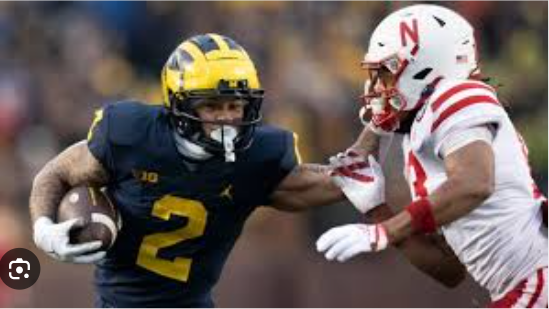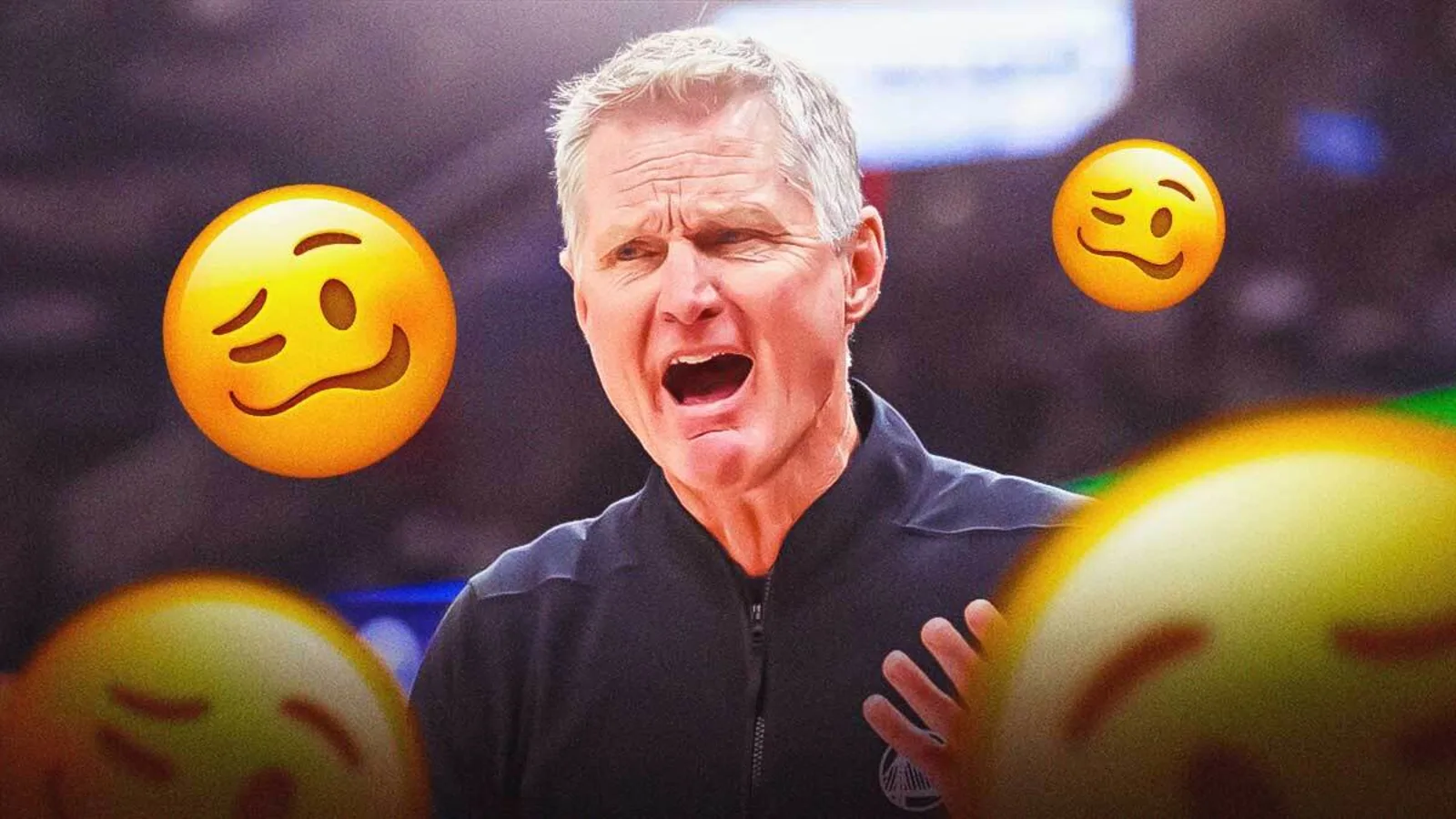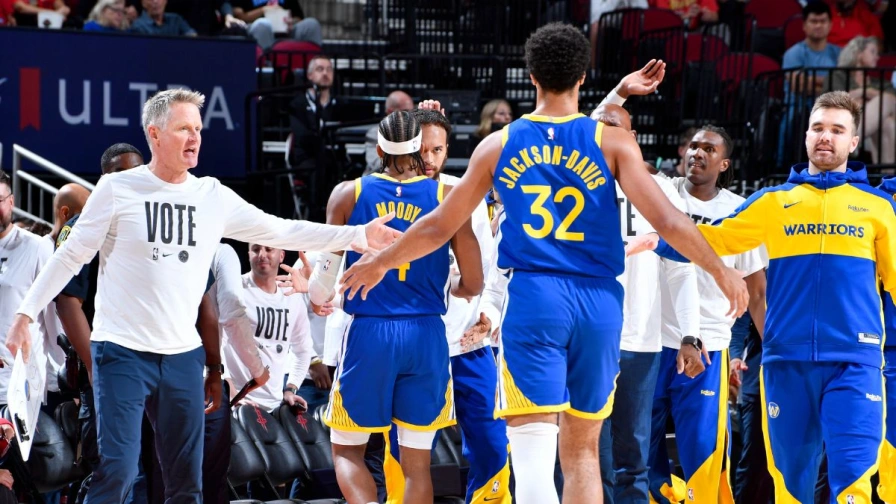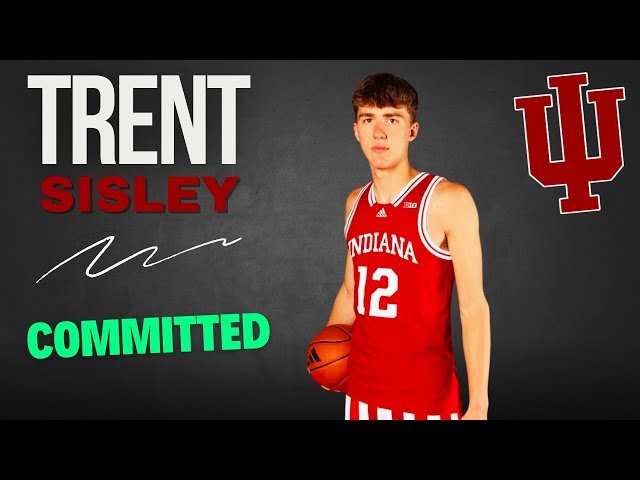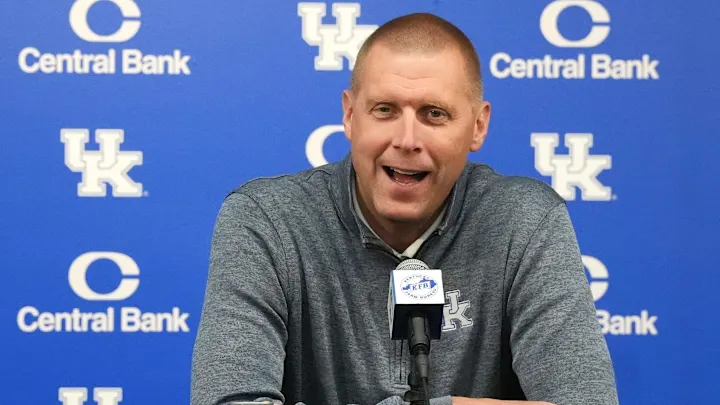In a stunning development that has sent shockwaves through the college football world, the University of Michigan Wolverines and the University of Nebraska Cornhuskers announced on September 15, 2025, a radical and unprecedented restructuring of their football schedules. Beginning with the 2026 season, the two storied Big Ten programs will commit to playing only each other annually, effectively sidelining all other non-conference and conference opponents in a move that redefines traditional scheduling norms and ignites fierce debate about the future of the sport. This bold agreement, described by athletic directors Warde Manuel of Michigan and Troy Dannen of Nebraska as a “strategic partnership for legacy and innovation,” marks the first time in modern college football history that two major conference teams have opted for such an exclusive, perpetual rivalry, prioritizing head-to-head competition over the broader conference slate.
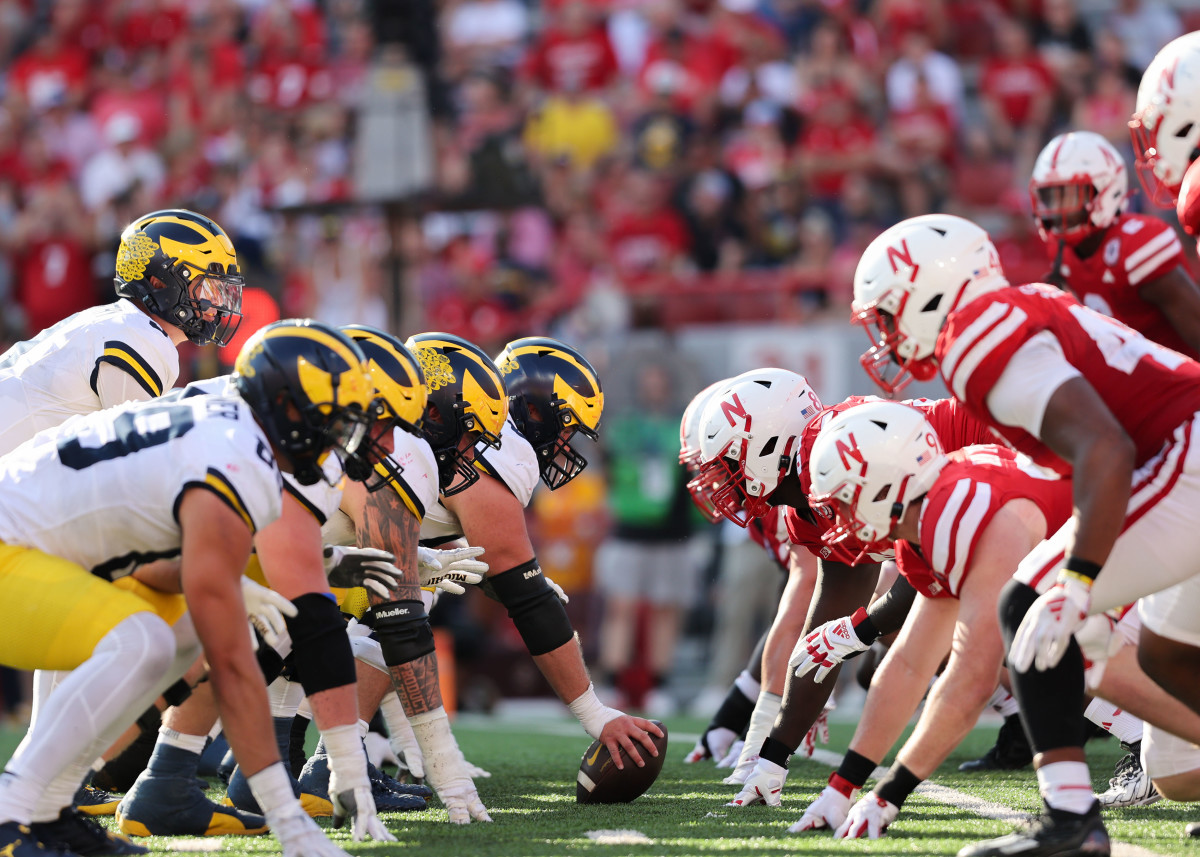
The announcement, made jointly via press conferences at Michigan Stadium and Memorial Stadium, comes amid ongoing turbulence in the Big Ten Conference following realignments and NIL-driven recruiting wars. Under the new terms, the Wolverines and Cornhuskers will alternate home games each year starting in 2026, with Michigan hosting the opener on September 5, 2026, and Nebraska reciprocating in 2027. This eliminates their participation in the standard Big Ten schedule, which typically includes 9 conference games plus non-conference matchups, and instead funnels all resources financial, coaching, and player development into this singular annual showdown. The series will span at least a decade initially, with options for extension, and includes provisions for neutral-site games in high-profile bowls if both teams qualify for postseason play. Financially, the deal is backed by a shared revenue pool from ticket sales, media rights, and sponsorships projected to exceed $50 million annually, split equally to fund facility upgrades and NIL collectives for both programs.
Historically, Michigan and Nebraska have a storied but infrequent rivalry, having met 28 times since 1891, with Michigan holding a 15-12-1 edge, including a dramatic 27-23 victory in the 2005 Alamo Bowl. Their most recent clash was in 2018, a 56-10 Michigan rout in Ann Arbor. This exclusive arrangement revives and amplifies that legacy, transforming it into the sole focus of each team’s season a concept likened to a “perpetual championship series” by Manuel. For Michigan, fresh off a transitional 2025 season under new head coach Sherrone Moore (following Jim Harbaugh’s NFL departure), the change allows for laser-focused preparation on Nebraska’s physical, run-heavy style, potentially stabilizing a program grappling with quarterback transitions and injury woes. Nebraska, under Matt Rhule, sees it as a pathway to reclaim Big Ten relevance after a 5-7 record in 2024, leveraging their passionate fanbase and Memorial Stadium’s intimidating atmosphere to build momentum.
The implications of this radical shift are profound and multifaceted. On one hand, it promises heightened intensity and fan engagement, with the annual game poised to become college football’s marquee event, akin to the Iron Bowl or Red River Rivalry but with national implications. Boosters from both sides hail it as a “win-win” for recruiting, as elite prospects like Michigan’s Bryce Underwood or Nebraska’s Dylan Raiola could thrive in a streamlined schedule that minimizes wear-and-tear from a grueling 12-game slate. Infrastructure benefits are also touted: proceeds will fund Michigan’s $250 million stadium renovations and Nebraska’s $100 million strength facility expansion, enhancing player development amid the NIL era.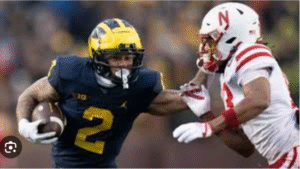
However, the move has drawn sharp criticism from conference officials, rival programs, and fans. Big Ten Commissioner Tony Petitti expressed “deep concerns” about the potential destabilization of the league’s competitive balance, noting that it could violate conference bylaws requiring a full slate of intra-conference games. Legal experts speculate lawsuits may follow, as the NCAA’s revenue-sharing model (post-House v. NCAA settlement) emphasizes equitable competition. On social media, reactions are polarized: Wolverines fans celebrate the “dynasty builder,” while Huskers supporters worry about isolation from other Big Ten foes like Ohio State or Penn State. Analysts predict ripple effects, including other conferences exploring similar “rivalry-only” pacts, which could fragment the sport further.
In essence, this unprecedented change signals a paradigm shift in college football, where tradition and financial pragmatism trump convention. As the 2025 season progresses with Michigan facing Nebraska in Week 4 on September 20 the anticipation for 2026’s exclusive clash is already palpable. Whether this bold experiment elevates both programs or exposes the vulnerabilities of a divided landscape remains to be seen, but one thing is certain: the Michigan-Nebraska series is now the beating heart of their football identities.
